Even before today’s less than comfortable trends – think towering stilettos, waist-trainers, and bee-venom facials (ouch!) – the fashionable among us had long suffered for beauty. From a Renaissance penchant for poisoned eye-drops, through to the sheer grossness of slapping bird poo on our faces, women in particular have long succumbed to beauty practices spanning the daft to the dangerous.
Most recently, facial sheet masks continue to make well-meaning beauty buffs look terrifying and waste hours – all for minimal impact. In addition to sheet masks, discover the five other beauty cons that have hoodwinked wellness fans for centuries…
Contents
Lead: A Look to Die For!

Once very much de rigeur, porcelain white skin was a popular look for both aristocratic and upwardly mobile ladies and gents in 17th and 18th century Europe. The trend communicated luxury and repose, and was considered significantly more aspirational than the ruddy and tanned complexions of outdoor laborers. Frankly, the prejudice pales (get it?!) in comparison to the shocking lengths these courtly fashionistas went to in order to achieve a ghostly visage: foundations containing dangerous levels of lead.
It’s easy to gawk at practices past, but let’s not forget that a preference for lighter skin still holds both in Asia, as well as parts of Africa. Still a risky – and to our eyes, redundant – business, nowadays’ skin bleachers and lighteners might be hiding horrors like mercury (yep, really), hydroquinone (sensibly regulated in some places), or else natural ingredients.
What Big Eyes You Have, Bella Donna

More appropriately known as deadly nightshade, the belladonna plant (literally, ‘beautiful woman’ in Italian) likely earned its less malignant-sounding moniker during the 14th century, when it was used cosmetically by Renaissance followers of fashion. With just a couple of drops of the extract of the plant’s berries (among the most poisonous in Europe, no less), women could enjoy dilated pupils, giving them an apparently intoxicating wide-eyed allure. A sadly not uncommon side-effect, however, was blindness.
A similar look is currently enjoying a second renaissance – especially in Asia where young women in particular are turning to circle lenses. Extending beyond the iris and into eyes’ white part, they make impossibly proportioned peepers an altogether safer proposition.
Bird-Brained Beauty?

When it comes to cosmetics, ingredient lists can make for uncomfortable reading. Case in point: nightingale poo, which has been enjoying something of a moment in recent years. Applied as a facial mask, the benefits include gentle exfoliation, a healthy shine, and a more balanced skin tone.
As you’d expect for a treatment this exclusive, the procedure calls for the poo of a very specific type of nightingale: the Japanese bush warbler. Also known as the Geisha Facial, the practice was exported from Korea to Japan as early as the 1st century, where it is known as uguisu no fun. The birds’ number twos are apparently rich in a compound called guanine, known for its brightening, iridescent effect.
Arsenic Wafer, Anyone?

Back in the 19th century, Swiss physician Johann Jakob von Tschudi traveled to Styria, now a region in Austria. There, he observed that local peasants would regularly ingest arsenic, both for the purposes of improved complexion and a voluptuous figure, as well as to aid respiration in the high, mountainous terrain. But despite Tschudi subsequently raising the minor issue that arsenic is in fact poisonous, and more commonly associated with cold-blooded murder, his report only drove arsenic’s popularity in the fields of medicine, and of makeup. Particularly widespread in England, treatments included edible arsenic wafers, thought to improve the skin’s translucency; as well as arsenical soaps.
Just What the Doctor Fish Ordered

A fish with a foot fetish, the Garra rufa fish, which hails from Turkey, is known for its penchant for dead skin. To that end, customers regularly pay to submerge their feet in tanks swarming with the so-called doctor fish which nibble away for a soft, smooth pedicure.
Already banned in a number of US states, the practice is squeamish on a number of levels. First up, there’s the spread of infections. Second is the welfare of the creatures themselves. And third: they’re fish – they poop! In the tank, right next to our feet! Ewwww…
Sheet Masks: They’re Kinda Sheet…

Over the course of the average woman’s lifetime, it’s estimated that she’ll endure a full five days spent lying motionless underneath slimy scraps of fabric – all in the name of beauty. A staple of the renowned 10-step Korean skincare regimen, the facial sheet mask epidemic has spiraled out of control. And although not nearly as dangerous as some others on this list, sheet masks might just be the beauty world’s biggest con of recent years.
A celebrity favorite that’s arguably only good for an easily replicated selfie in the style of Lady Gaga, Katy Perry, and co., their foundations are flimsy at best. As a means for delivering complexion-enhancing ingredients, sheet masks’ efficacy is impeded by the skin’s natural physical and chemical barrier: the epidermis. As a result, in normal conditions very few of sheet masks’ exotic-sounding nutrients will effect any change. That particular failing is exacerbated by the fact that they simply don’t fit – ever! Quite literally a waste of time, they’re one of the most paralyzing beauty trends we’ve observed in recent years.


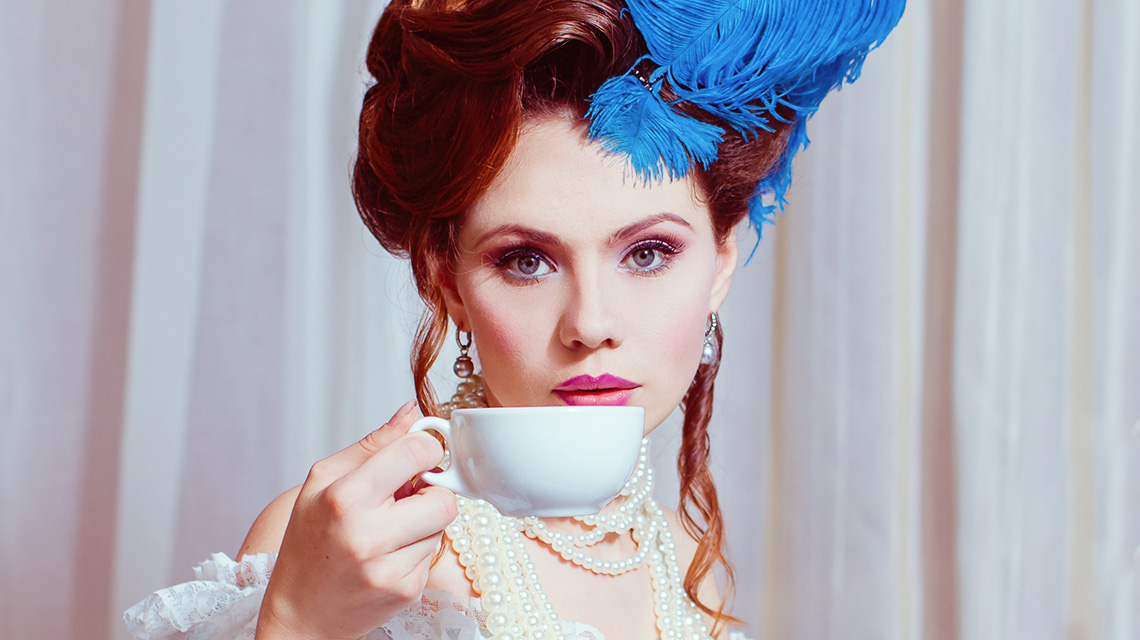
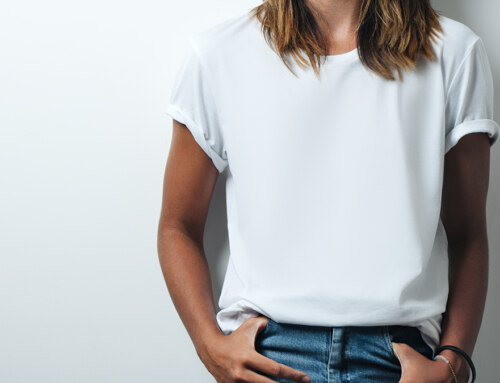
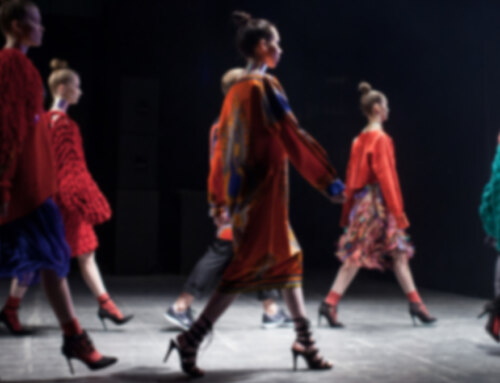
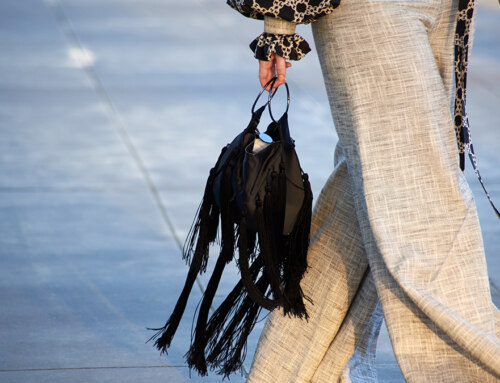
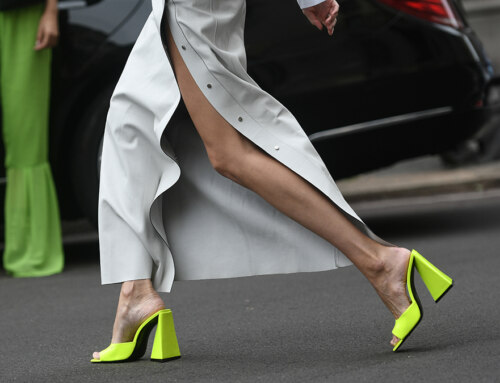
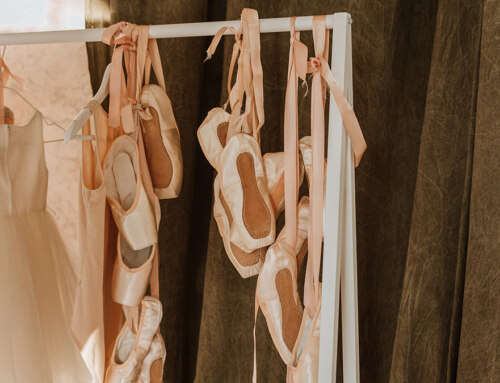

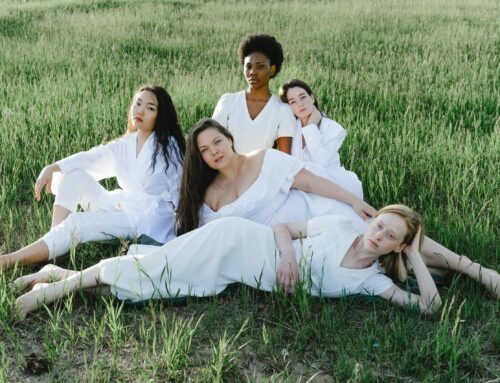

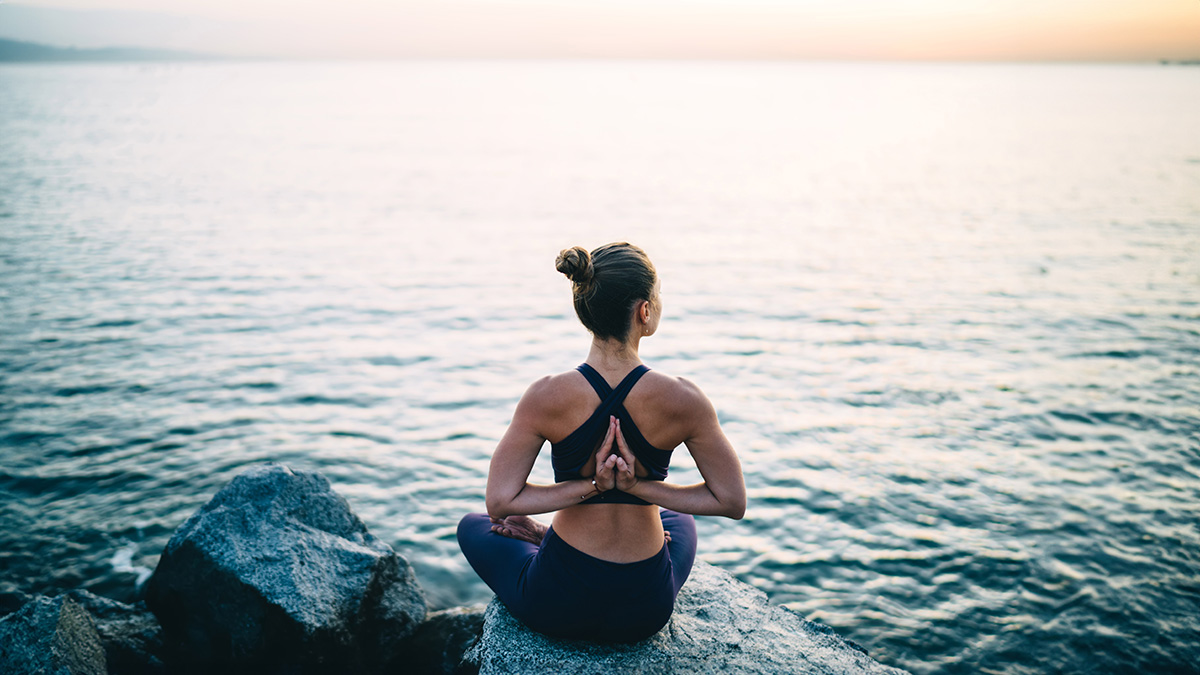
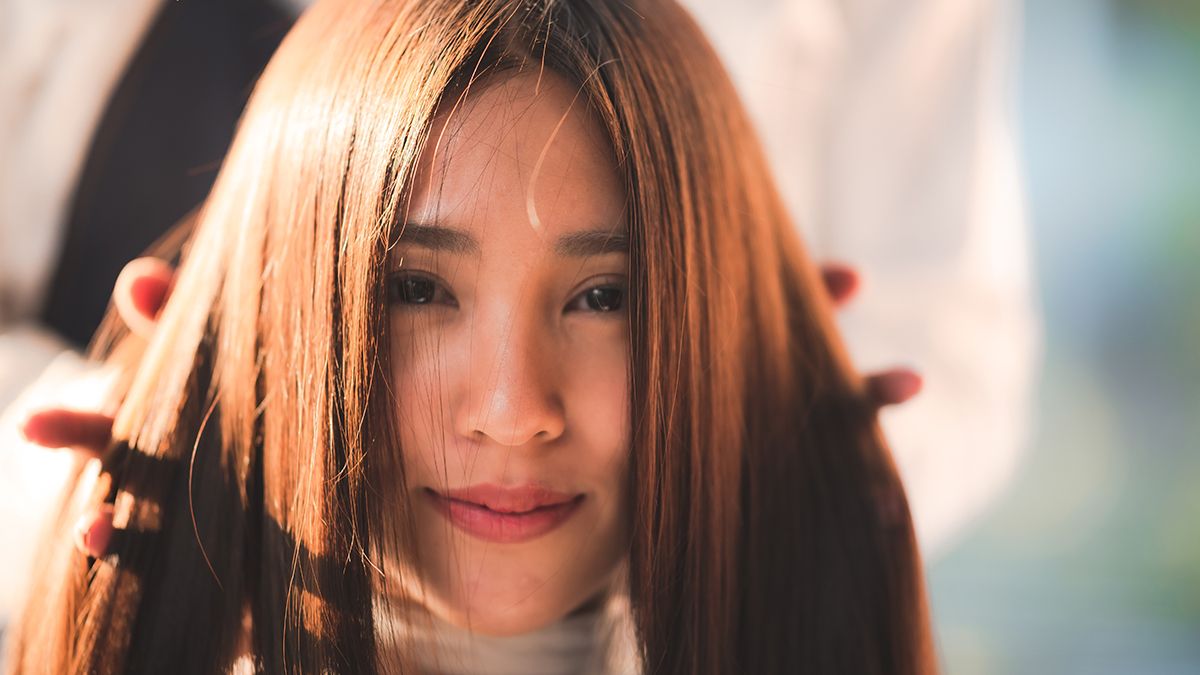
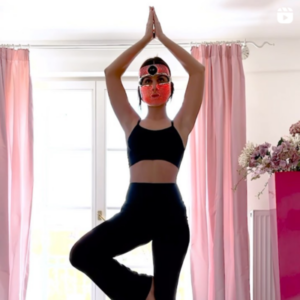
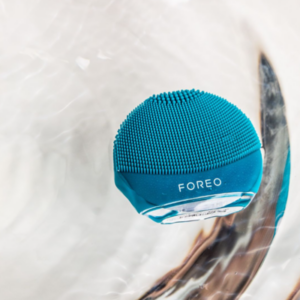
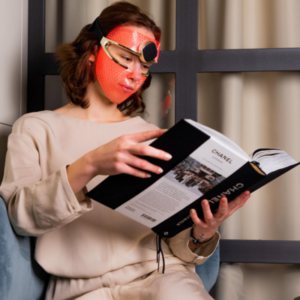
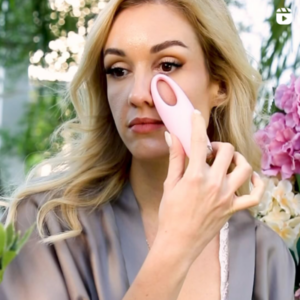
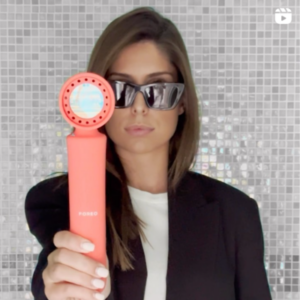
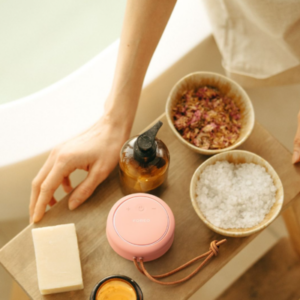
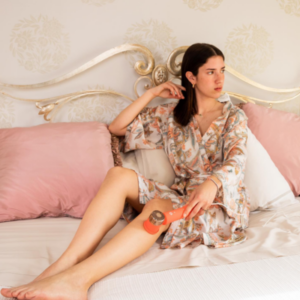
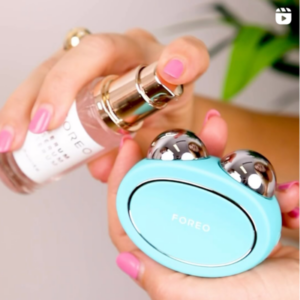
Leave A Comment